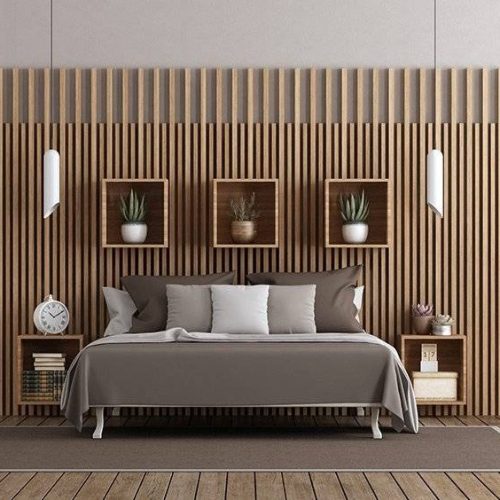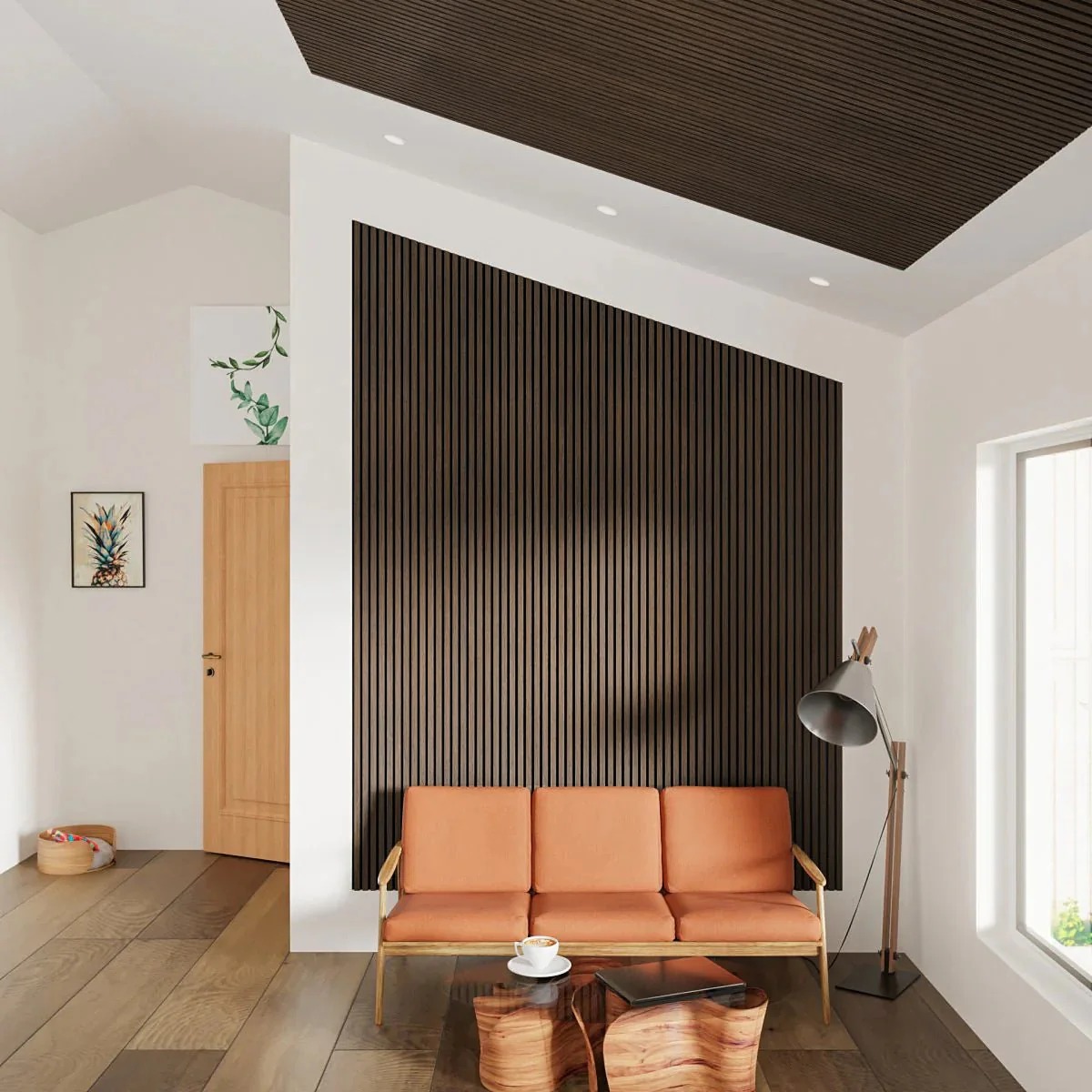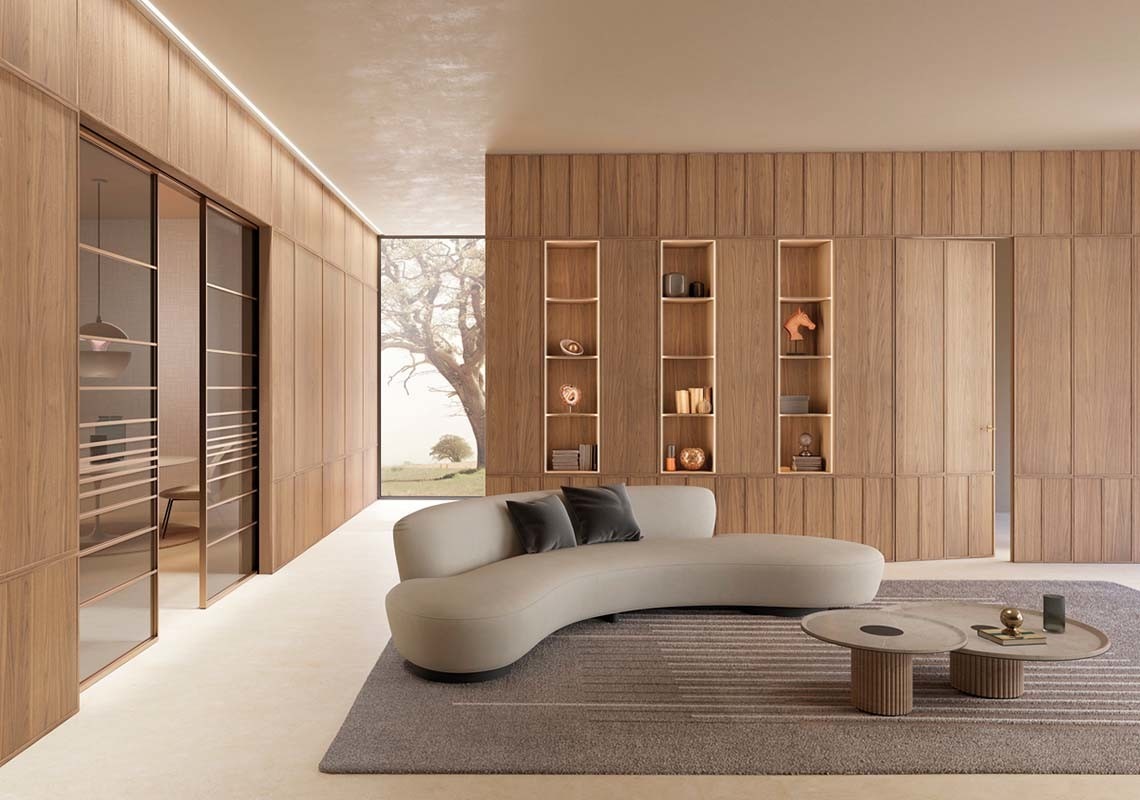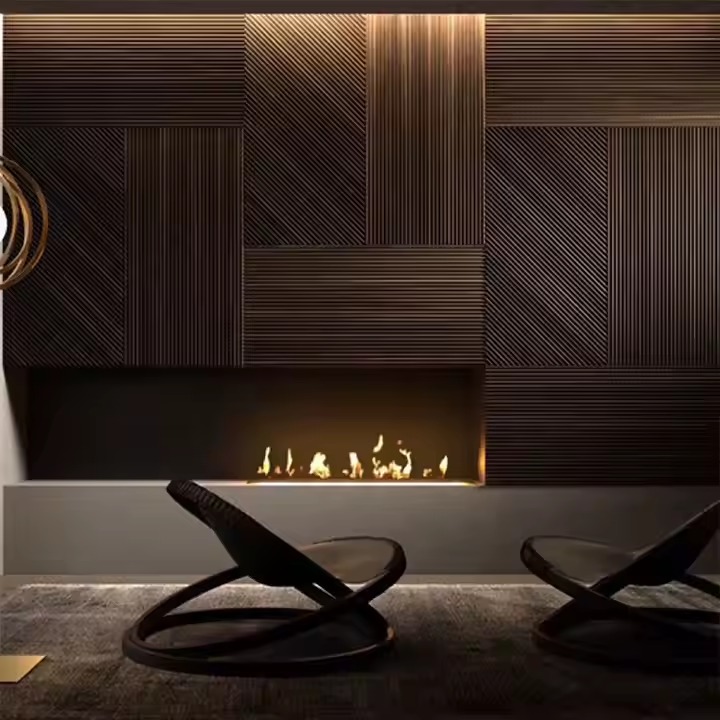Wall Cladding
Wall Cladding – Enhance Durability & Aesthetic Appeal
Wall cladding is a decorative and protective layer applied to walls, designed to enhance both their appearance and durability. It serves as a shield against weather, moisture, and general wear while adding a stylish and sophisticated look to any space. Cladding is widely used in residential, commercial, and industrial settings, offering a versatile solution for improving interiors and exteriors. Whether you want a rustic charm, a contemporary finish, or a luxurious touch, cladding options are tailored to suit various architectural styles and preferences.

Wall Cladding Designs
Wall cladding comes in a variety of designs, each offering a unique aesthetic and functional advantage. Whether you want a sleek, modern look or a more natural and rustic finish, there is a cladding style to suit your needs. Here are some of the most popular types of wall cladding:
- Wood Cladding –Adds warmth and a natural touch to interiors and exteriors. Available in shiplap, tongue-and-groove, and slatted panels for a cozy ambiance.
- Stone Cladding – Provides a premium, textured look with options like granite, slate, and limestone. Ideal for feature walls, fireplaces, and facades.
- Brick Cladding – Mimics the exposed brick look, adding character to industrial and traditional designs without the weight of real bricks.
- Metal Cladding – Sleek and modern, commonly made from aluminum, steel, or zinc. Weather-resistant and ideal for contemporary or commercial spaces.
- Glass Cladding – Creates an elegant, reflective surface for commercial buildings and modern interiors, enhancing brightness and openness.
- PVC & Vinyl Cladding –Cost-effective, lightweight, and moisture-resistant, making it ideal for bathrooms, kitchens, and humid environments
- Marble & Granite Cladding – Luxurious and durable, perfect for upscale interiors and facades, offering a polished, high-end finish.

Essential Components of Wall Cladding
Base Material
High-quality wood, stone, metal, or composite panels used for durability and aesthetic appeal.
Fixing System
Secure installation using adhesives, screws, or mechanical fasteners for long-lasting performance.
Insulation Layer
Improves energy efficiency by providing thermal and sound insulation.
Protective Coating
Increases resistance against moisture, UV rays, and environmental damage.
Finishing Options
Matte, glossy, textured, or natural finishes to suit various design preferences.
Ventilation & Drainage System
Prevents moisture buildup behind the cladding, reducing the risk of mold and structural damage.
Discover Wooden Art's Wall Cladding Unique Benefits
Experience bespoke interior solutions crafted to perfection, ensuring functionality, aesthetic appeal, and lasting value
Enhanced Aesthetics
Instantly improves the appearance of any space with stylish and modern finishes.
Energy Efficiency
Provides thermal insulation, helping to regulate indoor temperature and reduce energy costs.
Low Maintenance
Easy to clean and resistant to stains, fading, and weather effects.
Durability & Protection
Shields walls from moisture, heat, and physical damage, increasing their lifespan.
Our Projects
A glimpse of our exceptional designs and crafted spaces
FAQ
Frequently asked questions
About Projects
Wall cladding improves durability, insulation, moisture resistance, aesthetics, and energy efficiency while reducing maintenance needs.
Yes, different materials cater to interior and exterior applications, with weather-resistant options like stone, metal, and composite cladding for outdoor use.
Yes, cladding acts as a thermal and sound insulator, helping maintain indoor temperatures and reducing noise pollution.
Yes, in most cases, cladding can be installed over existing walls using adhesives or mechanical fasteners, depending on the material.


